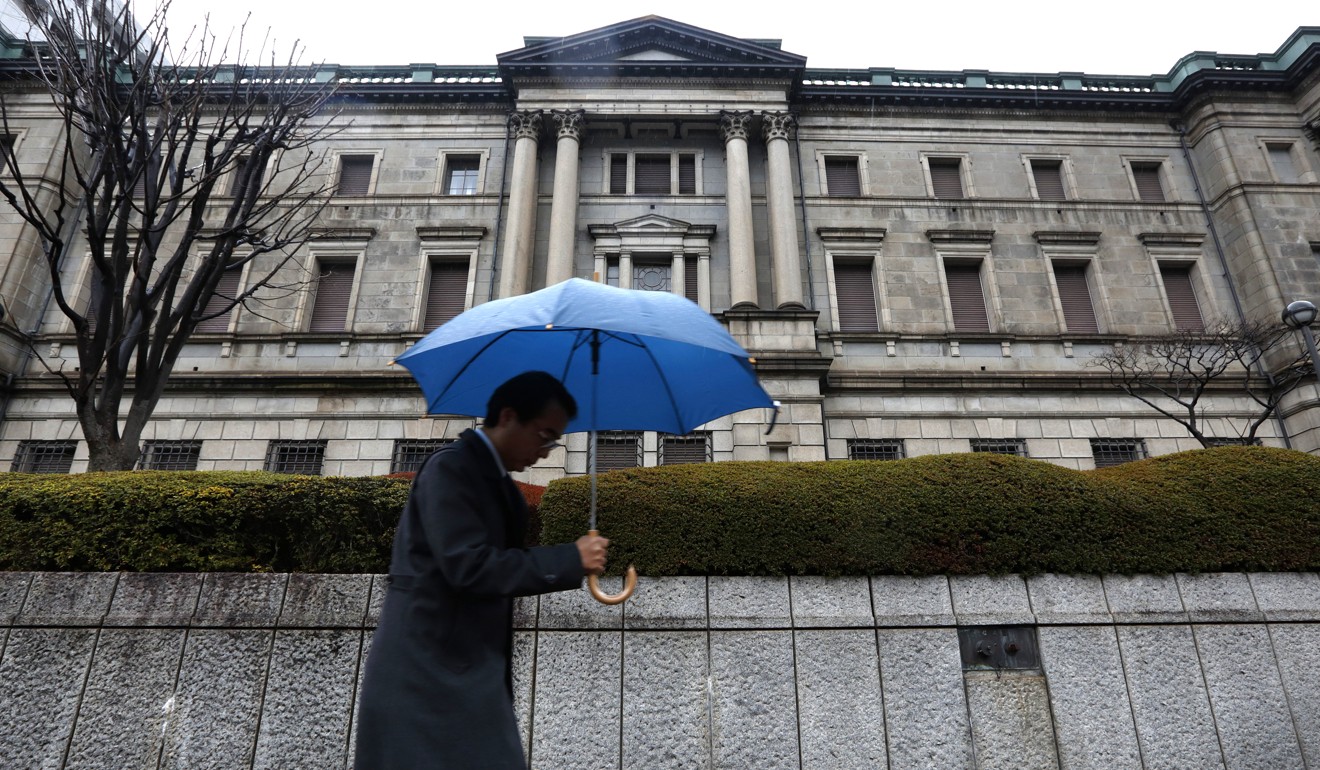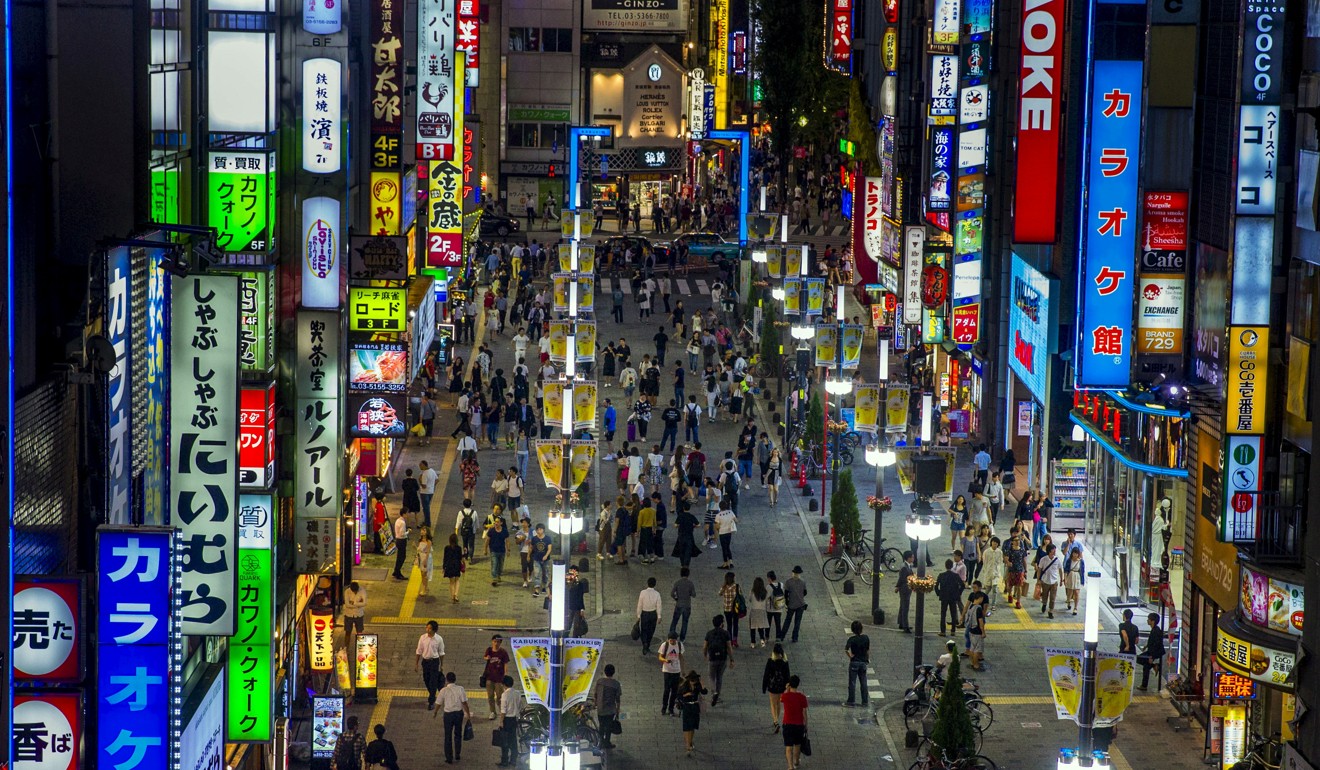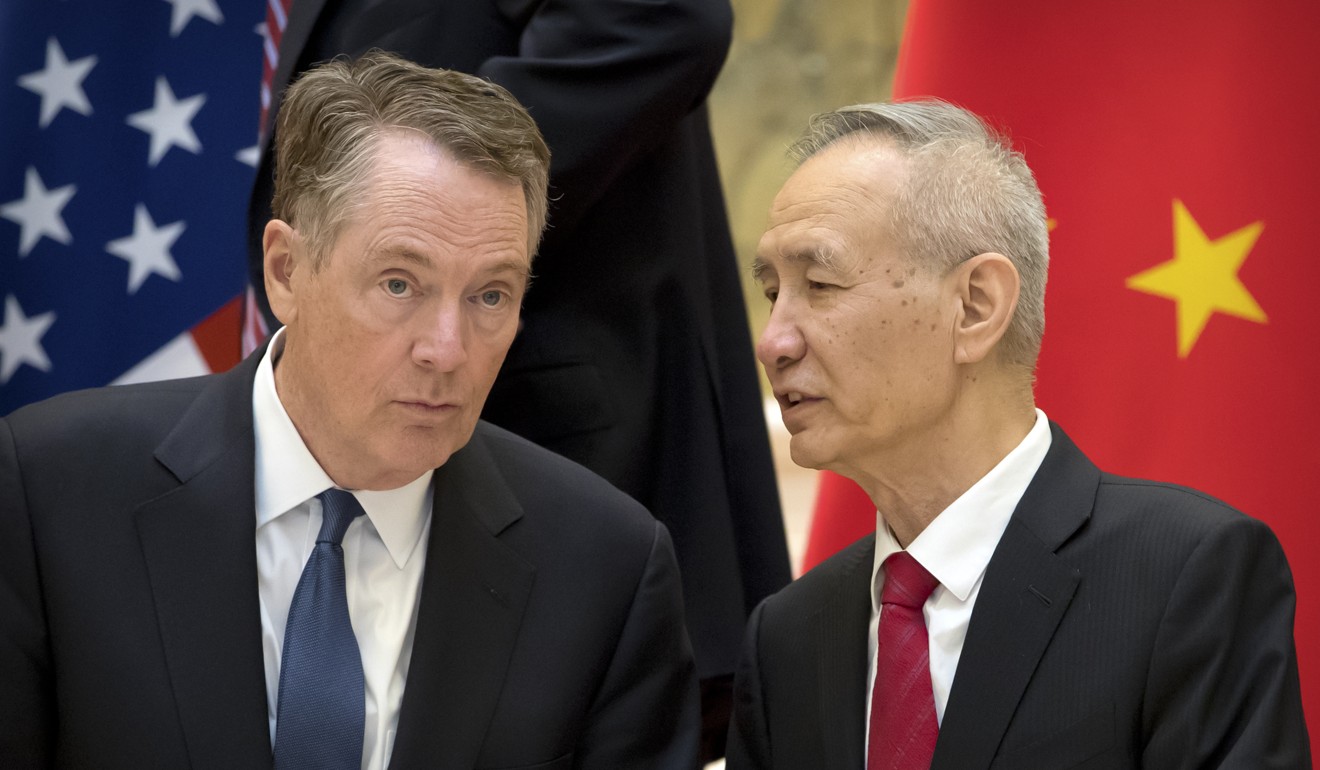
As US mulls new Plaza Accord, China should learn from Japan’s fate … but not the lesson it thinks
- The cause of Japan’s lost decades was not the appreciation of the yen that followed the Plaza Accord.
- It was the misguided attempts of the Japanese authorities to resist that appreciation.

According to a flurry of reports, the trade truce that the United States and China hope to reach over the coming days will include a memorandum on exchange rates.
The Chinese side is said to be prepared to keep the yuan stable against the US dollar. But the word from well-connected sources in Washington is that in private, US officials say they are aiming at something altogether more ambitious.
They are hoping to secure a second Plaza Accord: a new version of the 1985 agreement under which European countries and Japan – especially Japan – agreed to push their currencies higher against the US dollar.
If that is really what the US negotiators are aiming at, they are wise not to say so openly. Chinese policymakers regard the Plaza Accord as a dastardly US ploy to undermine the ascendant Japanese economy.
They blame the 100 per cent rise in the yen over the one-and-a-quarter years after the deal’s implementation for hammering Japan’s export sector and plunging its economy into a “yen revaluation depression” from which it is still struggling to emerge.
Chinese policymakers have long expected the US to try something similar in an attempt to thwart China’s economic rise, and have sworn not to repeat the mistake of their Japanese counterparts in bowing to US pressure to appreciate their currency.

But there is a wrinkle here. It was not so much the yen’s appreciation that triggered Japan’s shattering crash at the end of the 1980s. Rather, it was the Japanese authorities’ attempts to resist that appreciation that caused the bust.
This raises the possibility that if Chinese officials do strike a deal on the exchange rate, but then push back against yuan strength in a bid to avoid Japan’s fate, they will repeat the very errors that halted Japan’s economic rise in its tracks some 30 years ago.
The parallels between Japan in the mid-1980s and China today are striking. In 1985, Japan was an economy on the up. Its exporters had successfully conquered the lucrative US market, while US companies struggled to make headway in Japan. As a result, Japan was running a massive bilateral trade surplus with the US, and was locked in a series of bitter trade disputes with Washington in sectors from semiconductors through automobiles to agriculture.

To many in the US government, and to some in Japan, the ultimate source of this friction was Japan’s currency, which they held to be deeply undervalued against the US dollar. Revalue the yen, they reasoned, and the US would be able to compete on a fairer footing. The source of the friction would disappear.
The Plaza Accord, struck in September 1985 in New York’s Plaza Hotel (bought two-and-a-half years later by a certain Donald J Trump), declared that “exchange rates should play a role in adjusting external imbalances”, adding that “orderly appreciation of the main non-dollar currencies against the dollar is desirable”.
A secret annex to the public communique set out how this was to be done. Over the next six weeks, the Japanese authorities would sell up to US$5.4 billion in the foreign exchange market, with the US and Europeans also intervening, to bring about “a 10 to 12 per cent downward adjustment of the dollar”. The impact exceeded all expectations.
The initial target of a 12 per cent rise in the yen against the US dollar was achieved within a week, following intervention of just US$1.25 billion by Japan and less than US$500 million by the US.
The intervention continued over the following weeks. But by December, with the yen up almost 20 per cent, Tokyo was getting nervous about the effect of overshooting currency appreciation on Japanese exporters.

In January 1986, the Bank of Japan cut interest rates by 0.5 per cent in an attempt to make the yen less attractive. It didn’t work – the yen continued to appreciate – and nor did a series of subsequent interest rate cuts that reduced the BoJ’s main policy rate from 5 per cent to just 2.5 per cent.
The rate cuts, and later tax cuts, were aimed at relieving the pressure on Japanese exporters. But the extent of that pressure was overstated. Sure, the yen’s strength squeezed their profit margins. But other factors helped offset the squeeze.
Most notably, between November 1985 and July 1986, the international price of oil collapsed by 70 per cent in US dollar terms (and by 80 per cent in yen terms). With Japan heavily dependent on imported oil to meet its energy needs, that fall greatly reduced industrial production costs, helping to counter the effect on margins of the yen’s rise.
As a result, even though the yen overshot massively, doubling in value against the US dollar by the end of 1987, Japanese export volumes continued to grow in the years following the Plaza Accord at a rate of around 2.5 per cent per year. The “yen revaluation depression” never happened.
What did happen was that the BoJ’s interest rate cuts aimed at pushing back against currency appreciation ignited a domestic boom of epic proportions. Over the next three years, lending exploded, especially to poorer creditors and speculators, and property and stock market prices tripled, even as asset quality nosedived.
It was a classic financial bubble, and inevitably it burst, pushing Japan into a deflationary liquidity trap it is still trying to escape.

Chinese policymakers are determined to avoid a similar fate. But the cause of Japan’s lost decades was not the appreciation of the yen that followed the Plaza Accord. It was the misguided attempts of the Japanese authorities to resist that appreciation.
If Chinese officials now sign a memorandum with the US to allow yuan appreciation – and they may well decide an “orderly” appreciation is the lesser of two evils compared with Trump’s threatened 25 per cent trade tariffs – their view of Japan’s economic history will encourage them to try to moderate the domestic effects of that appreciation, very likely by loosening monetary and fiscal policy at home.
If they do, in their attempt to avoid Japan’s fate, they will be repeating Japan’s great policy mistake of the late 1980s – and greatly increasing the probability that the Chinese economy follows the same devastating boom and bust trajectory. ■
Tom Holland is a former SCMP staffer who has been writing about Asian affairs for more than 25 years